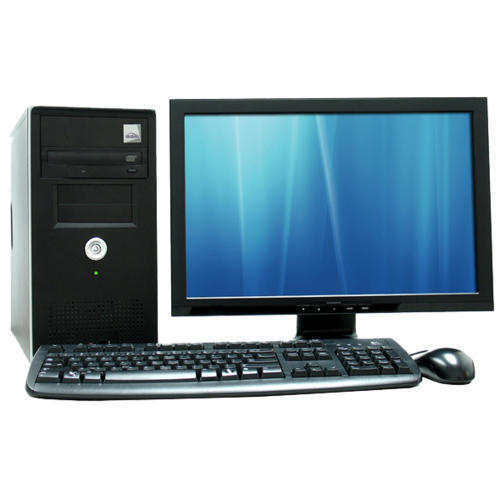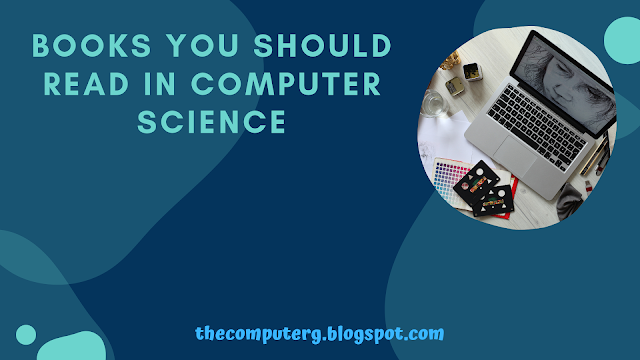 |
Macintosh divulges iPadOS in front of an audience at its 2019 Overall Engineers Gathering.
| Apple |
How iPads and iPhones are diverse
Out of the blue, Mac is
giving the iPad its own one of a kind working framework, particular from the
iOS programming it's been imparting to the iPhone since its introduction. It's
called iPadOS, and is slated to touch base in the fall with iOS 13.
Indeed, this split among
iPhones and iPads has been continuing for quite a while, and past renditions of
iOS have recently included highlights that must be empowered on tablets. Here
are every one of the manners in which iOS is as of now unique on the iPad, just
as what's to come.
How iPads and iPhones are diverse:Distinctive application plans
From the soonest days of
the iPad, engineers have had the chance to deliver both iPhone and iPad forms
of their applications, with the last uncommonly intended for bigger
presentations. Accordingly, in the event that you switch between an Apple
telephone and tablet normally, you should see contrasts in the plans of
applications, if not their real highlights. The local Apple applications,
including Music and Mail, are genuine instances of how applications can utilize
the additional room accessible on a tablet. These varieties will proceed with
iPadOS.
How iPads and iPhones are diverse:Split View
Split View was really
presented in iOS 10 out of 2016, however just for Safari. Presently it works
with any application, and is a gesture to the performing multiple tasks you
should need to do to benefit as much as possible from that iPad screen. With
one application open, simply drag another application to either side of the
showcase to run two one next to the other—convenient for something like taking
notes. Right now, you can't work in two windows from the equivalent application
in Split View, yet when iPadOS lands in September, you'll have the option to do
precisely that—creating an email on the correct side of the screen while
understanding one on the left, for instance.
How iPads and iPhones are diverse:Slide Over
In 2017, with iOS 11, we
got Slide More than, a kind of buddy to Part View. With it, you can run one
application (like Messages or Notes) in a thin vertical bar over another—simply
drag it from the dock or home screen and drop it set up over an application
you've just got open. When it's in position, you can reject it or slide it once
again into view with a swipe to one side or left at the highest point of the
screen (whichever side you've put it). It's an increasingly brief choice to
Part View, and is helpful for rapidly alluding to something (like a tweet)
before returning to what you're doing.
How iPads and iPhones are diverse:Simplified help/Drag and Drop
When you're utilizing Part
View or Slide Over on an iPad, you can move content, photographs, joins, and
different things between the two open windows. You could, for example, pull a
picture from Photographs straight into an email draft in Mail. It's not exactly
work area level performing multiple tasks, yet it help makes your iPad feel
increasingly like a PC, and makes life simpler when you're working with
different applications without a moment's delay.
How iPads and iPhones are diverse:Savvy home center point/Smart Home Hub
The capacity to utilize
your iPad as a Homekit center point is one of the most established contrasts
between iOS on the iPhone and iOS on the iPad. Both can control Homekit-empowered
shrewd home gadgets, however just the iPad can robotize schedules and deal with
these gadgets while you're far from home. You'll have to leave your iPad at
home for this, however, or it won't almost certainly converse with your keen
home unit. You can likewise utilize Apple televisions and HomePods as Homekit
center points.
How iPads and iPhones are diverse:The Dock
The iPad has a Dock, much
the same as macOS: essentially drag up from the base of the screen to open it.
Drag applications from the home screen down into the Dock to stick them there,
or press and hang on an application as of now in the dock and dismantle it out
to expel it. The Dock is extremely valuable for getting to Part View and Slide
Over modes, and furthermore keeps a couple of your as of late opened applications
close within reach. In the event that you need to control how the Dock shows or
conceals as of late opened or proposed applications, open up Settings, at that
point go to General, trailed by Performing various tasks and Dock.
How iPads and iPhones are diverse:Files app (with iPadOS)
The iPad and iPhone as of
now highlight a Records application for getting to iCloud Drive documents and
organizers, just as Dropbox and different administrations, yet noteworthy
enhancements will touch base with iPadOS in the fall.
 |
The Documents application and the Dock on the iPad.
| David Nield |
The refreshed Records
application will incorporate highlights, for example, another macOS-like
segment see that will demonstrate more document data on screen without a
moment's delay, just as local help for outer drives, memory cards, and USB
drives associated with the iPad.
How iPads and iPhones are diverse:Desktop Browsing/Work area perusing (with
iPadOS)
One of the confinements of
utilizing an iPad rather than a workstation is that programs present versatile
forms of sites as a matter of course, which can make life troublesome in case
you're doing any genuine online work. This will change with iPadOS, which will
consequently offer work area variants of destinations. Mac says Safari in
iPadOS will likewise bolster an assortment of new alternate routes for
associated consoles, further helping you control through your web work.
How iPads and iPhones are diverse:Floating keyboard/Drifting console (with
iPadOS)
Talking about console
alternatives, the on-screen console on iPadOS will almost certainly coast over
different applications—simply undock it from the base of the screen and move
its minimal structure anyplace you like. At the point when iPadOS arrives, the
console will likewise bolster another information highlight called QuickPath,
which means you'll have the option to slide your finger crosswise over letters
to compose words notwithstanding tapping on them independently.
How iPads and iPhones are diverse:Home screen gadgets (with
iPadOS)
With the new iPad working
framework, Macintosh will at last let you add gadgets to the home screen.
 |
With iPadOS, you'll get gadgets on your home screen.
| Apple |
Up
until this point, these gadgets have been limited to the Today see (a swipe
directly from the home screen), however you'll have the option to drag them
into your home screens with iPadOS and the lines and segments of symbols will
change naturally. You'll have the option to drop in gadgets demonstrating up
and coming timetable occasions, Apple News features, Screen Time information, and
that's only the tip of the iceberg.
How iPads and iPhones are diverse:Word processing signals (with
iPadOS)
In another gesture to
clients who really need to complete some genuine work on their iPads, the up
and coming iPadOS will include another pack of content editing signals. You'll
have the option to squeeze with three fingers to duplicate, cut, and glue, and
press and swipe to choose message in a record or email. Cursor route will be
simpler, as well—simply press and drag the cursor. "Fix" and
"re-try" will get their own iPad-explicit swipe motions too.
Utilize an iPad as a moment
screen (with iPadOS)
Another valuable element
touching base in iPadOS is Sidecar, which will enable you to utilize your iPad
as a moment screen for a Macintosh, by means of either a wired or remote
association. Similarly as with any outside Macintosh show, you'll have the
option to reflect the primary screen or expand it. You could have one
application in full-screen mode on your workstation, for instance, and one on
your tablet. iPadOS will likewise give you a chance to utilize an iPad as an
illustration tablet for an associated Macintosh.
Thank You!








0 Comments